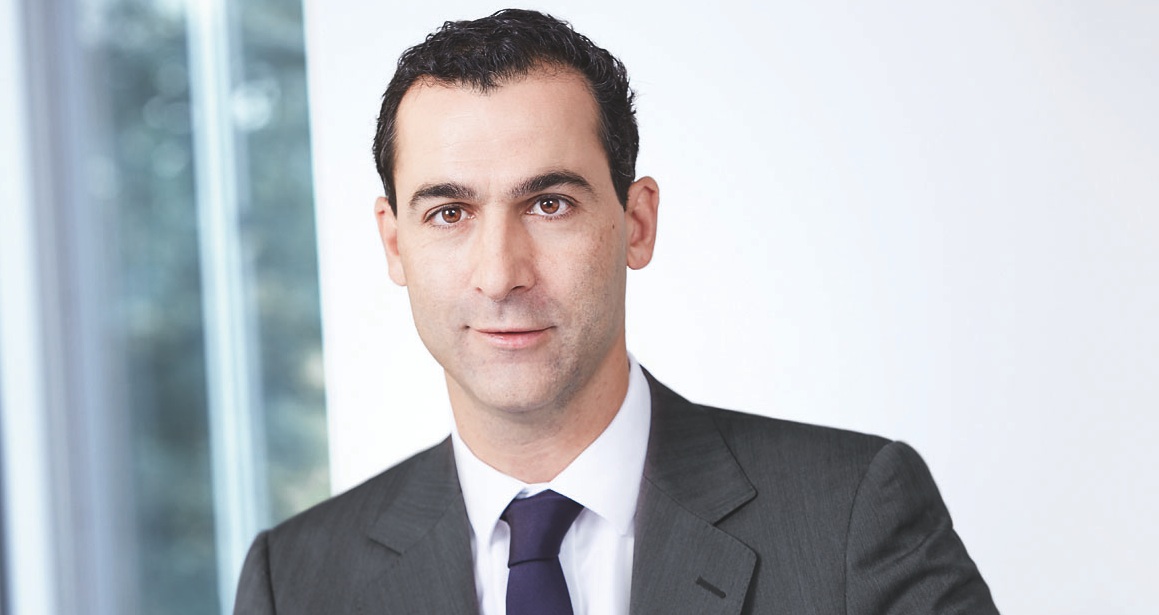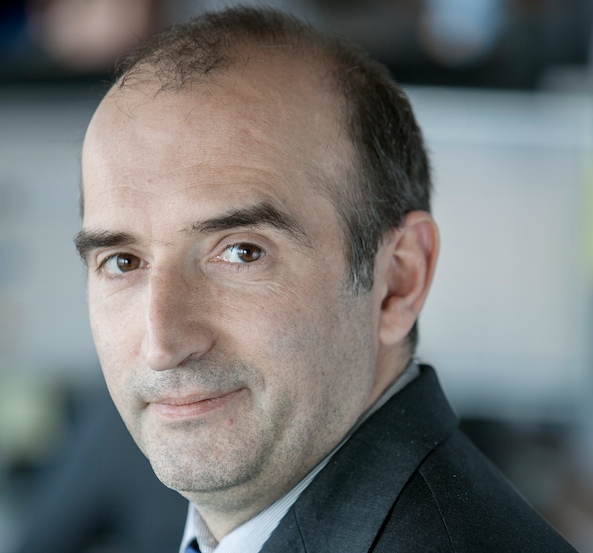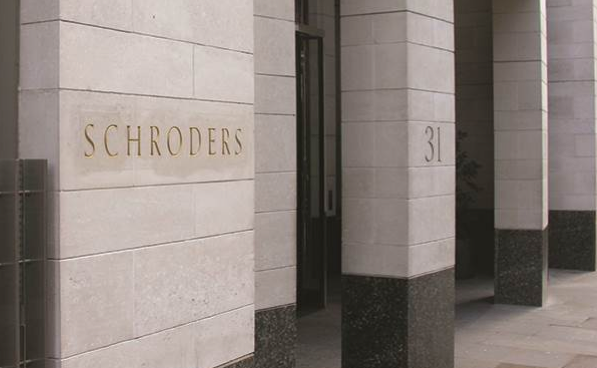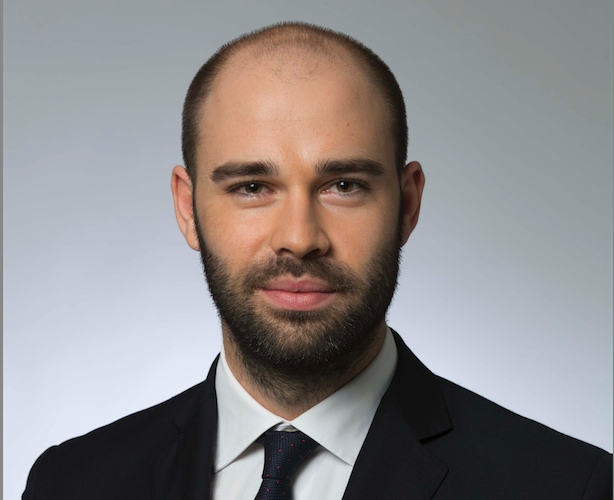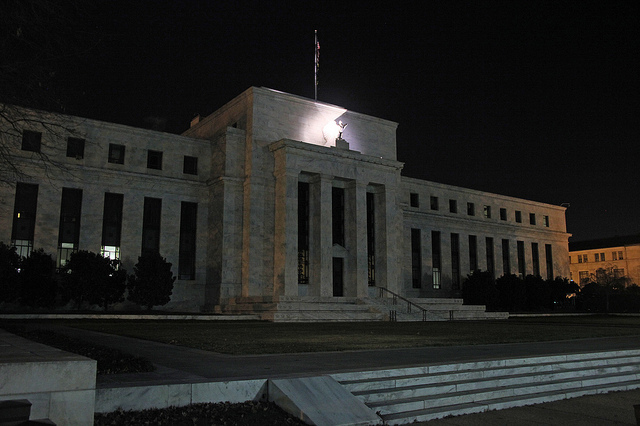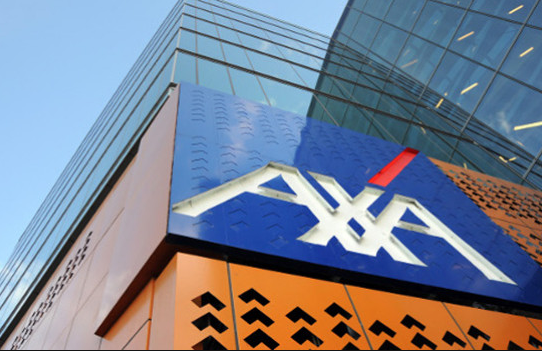The Case for Small Caps in a World of Deflation and Disruption
| By Fórmate a Fondo | 0 Comentarios

Over the last 30 years, the case for investing in small caps has been debated extensively. The long-term statistics certainly suggest that smaller companies do indeed outperform larger ones. There is less agreement on the reasons. According to Schroders, the explanations range from the contention that small caps offer a risk premium in return for lower liquidity, that limited research means any new information has a bigger impact on the shares, and/or that small companies in aggregate tend to grow faster than larger ones.
Whatever the case, even though US small caps have underperformed large by over 10% in the last two years, their outperformance over a longer period is dramatic. So what of the future?
In truth, the outlook for all investors is murky. Everything from disruptive technology to persistent low growth is making it easier to pick losers than winners. The challenges span the waterfront, from environmental concerns that put a question mark over the future of the carbon-based economy, to advances in artificial intelligence that could undermine the position of over 230 million knowledge workers around the world.
In these circumstances, and contrary to received wisdom, Schroders thinks that more winners may be found amongst the mass of lesser-known and under-researched smaller companies than amongst their larger brethren. With innovation and technological advances moving at an unprecedented pace, companies that are nimble and less burdened
by layers of management may be better equipped to keep up with these changes. In this environment, having a strong brand, a large installed base and a wide distribution network are not necessarily assets anymore. “Instead we are seeing a new generation of winners that are “capital light” and have a strong online presence. As industries evolve in this direction, barriers to entry are reduced and innovations progress faster, creating increasing opportunities for small companies.” They state.
However, periods of disruptive innovation inevitably create losers as well as winners. One classic period was the dot com bubble. During most of this time, the US small
cap index underperformed the large cap index. “However, a very different story emerges when the small cap universe is broken down into sectors. Smaller pharmaceutical, biotechnology and software companies outperformed the US S&P 500 Index of larger companies, whereas traditional industries, such as banking and retailing, lagged behind. This shows how vital it is to be able to actively pick winners when disruption occurs.”
For Schroders, what often handicaps traditional companies when it comes to developing or adopting a disruptive innovation is the fear of cannibalising their existing revenues. In contrast, smaller and newer companies not tied to an established product have more incentive to direct resources to the next disruptive innovation. Medical technology is a good example of this. Historically, incumbent providers of medical equipment, such as video scopes for internal examinations, focused on reusable technology that is high margin, but also expensive. Clearly, these incumbents had little incentive to produce a lower- cost alternative as such a course would have eaten into demand for their existing products. This allowed Ambu, a small cap technology company with fewer existing sales to defend, to launch a single-use alternative which was both cheaper and came with a lower risk of infection. Not surprisingly, this has allowed Ambu to disrupt the existing market and gain market share.
There are, of course, a number of examples of large technology suppliers operating in markets where the “winner takes all”. Here the so-called FANG companies with dominant technology (Facebook, Amazon, Netflix and Google) often use their substantial cash reserves to buy up smaller competitors. For investors in the shares of these publicly-traded small companies, this is clearly good news, even if it may limit their opportunities for making even larger gains.
“Of course, not all small technology companies are publicly quoted. With return prospects low, venture capital financing is popular and often more readily available than other sources of finance (Figure 3). In this environment, innovative companies may remain private long after the development stage, denying investors the chance to piggy-back on rapid growth.” For example, the electric car manufacturer Tesla floated when it was valued at over $2 billion, while the app-based taxi group Uber remains private and is already worth over $60 billion. “However, we would argue that the publicly listed universe of companies still provides ample opportunity to find disrupters. For example, at the end of February, the technology sector accounted for 3.8% of the FTSE SmallCap Index, more than twice the figure for either the FTSE All-Share or the FTSE 100 indices. In the tech-heavy NASDAQ index in the US, about 65% of the constituents by number are valued at $500 million or less.
Beyond these general characteristics, they identify a number of specific areas where smaller companies enjoy advantages not necessarily shared by their larger rivals:
- Unfilled niches
- Pricing power
- Better balance sheets
- Investment impact
- Lower profile
“Given the outlook for low economic growth and increasing technological disruption, we believe investors should pay particular attention to small caps. This environment will make life hard for large companies, whereas smaller companies have the opportunity to gain market share and grow faster than the market. At a time of unprecedented technological, social and regulatory change, small companies may be able to operate “below the radar” and dominate niches which are likely to grow in light of these changes. For investors, each investment will need to be evaluated on a company by company basis. They should not rely on the assumption that the small cap premium will operate universally. Being able to sort the wheat from the chaff will be vital to the success of a small cap portfolio.” They conclude.



